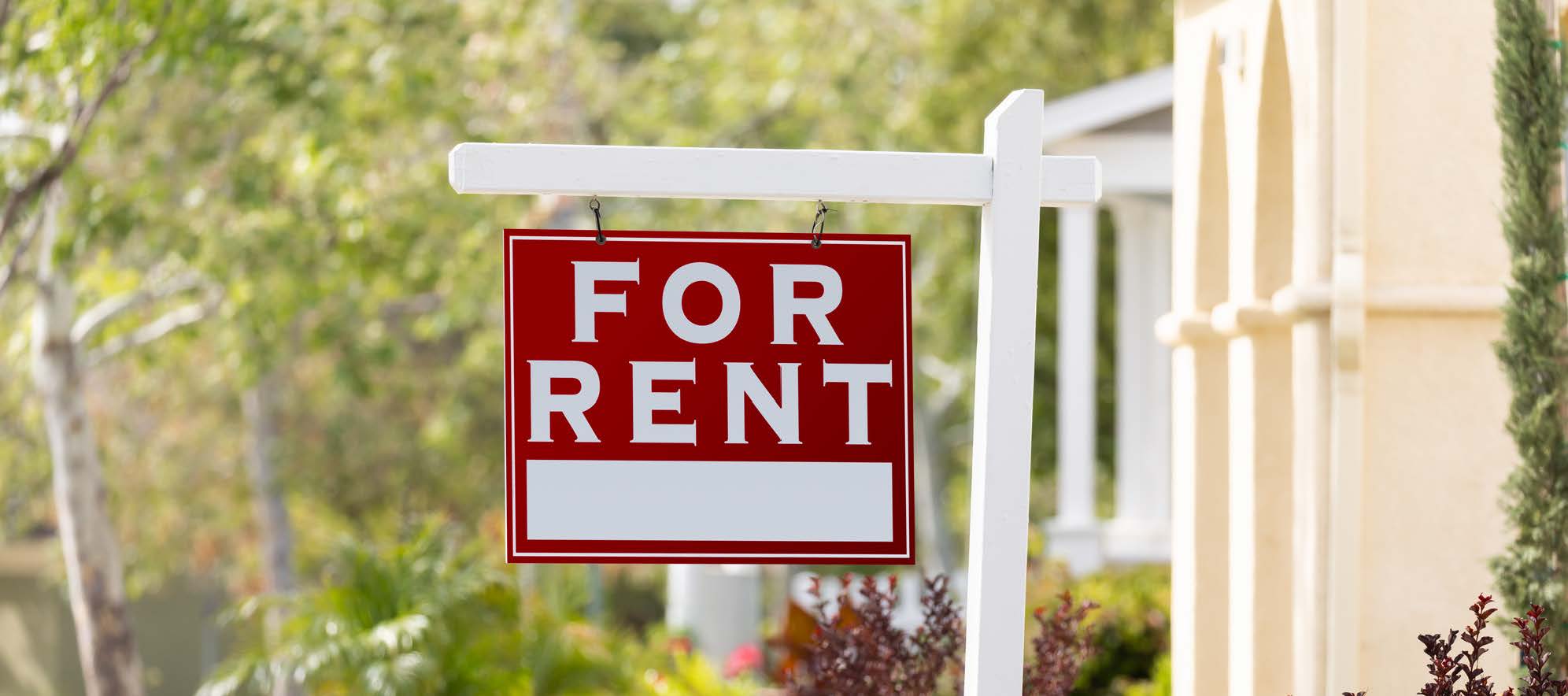Introduction
Converting your primary residence into a rental property involves more than just moving out and finding tenants. It triggers a range of tax implications that require careful consideration and planning. From determining the property’s tax basis and depreciation method to understanding how future capital gains or losses will be calculated, each step plays a role in your long-term financial outcome. Whether your goal is to generate income, hold the property as an investment, or eventually sell it, knowing the tax rules that apply can help you make informed decisions and avoid costly mistakes.
What is converting a residence to rental property?
If you permanently convert your principal residence to a rental property (income-producing property), a number of tax issues will arise. These include computing the tax basis of the property, determining the date when the property was placed in service, knowing which depreciation methods to use, and knowing how to compute the capital gain or loss upon a subsequent sale of the property.
What is a principal residence?
Generally, a dwelling is considered a residence if it has a sleeping space, a toilet, and cooking facilities. Therefore, a residence includes a house, a condominium, mobile home, boat, or house trailer. If you own a residence, it will be treated as your principal residence for federal income tax purposes if it is your primary place of abode and the number of days that you rent the entire dwelling is limited to less than 15 days during the year. By comparison, a residence other than a principal residence that is used for personal purposes for less than 15 days during the year (or for less than 10 percent of the number of rental days if greater), and rented for any number of days, is referred to herein as a rental property.
How do you compute the tax basis of a principal residence converted to rental property?
In general, the adjusted tax basis of a principal residence is the cost of the property (i.e., what you paid for the property when you first purchased it), plus amounts paid for capital improvements, less any depreciation and casualty losses claimed for tax purposes. Improvements add value to the home, prolong its life, or adapt it to a new use. Regular repairs and maintenance are not included in the tax basis of the home. When a principal residence is converted to rental property, you need to know its basis for depreciation purposes. Its basis for depreciation purposes is the lesser of:
- The adjusted basis of the residence on the date of conversion, or
- The fair market value of the property at the time of conversion
What depreciation method is used?
Federal law provides that any real property acquired before 1987 and converted to rental or business use after 1986 is subject to the Modified Accelerated Cost Recovery System (MACRS). Under MACRS, you generally depreciate residential rental property over a 27.5-year period.
How do you calculate the capital gain or loss on the subsequent sale of converted property?
In order to calculate the capital gain or loss when you sell a residence that had been converted to rental property, you need to know three things:
- Your adjusted tax basis in the property (both at the time of the conversion and the time of the sale)
- The sale price
- The fair market value of the property when it was converted to rental property
If the converted property is later sold at a gain, the basis for purposes of determining the capital gain is your adjusted tax basis in the property at the time of the sale. If the sale results in a loss, however, the basis used is the lower of the property’s adjusted tax basis at the time of the conversion or the fair market value when the property was converted from personal use to rental property. This loss rule ensures that any deflation in value occurring while the property was held as a principal residence does not later become deductible upon your sale of the rental property; a loss on the sale of a principal residence is not deductible. As usual, you calculate your capital gain by subtracting your adjusted basis from the sale price of the property.
What constitutes a conversion of a principal residence to rental property (for purposes of depreciation entitlement)?
In order to be entitled to depreciation deductions, you must move out of the principal residence and make reasonable efforts to rent it. It is satisfactory to list the property for rent or “rent or sale” as long as there is a meaningful expectation of rental income. As long as you make a reasonable effort to obtain rental income, you will not be barred from deducting depreciation expenses if you do not actually receive rental income for a period of time. However, it is not enough for you merely to hold the house for sale without attempting to obtain rental income. You must show that you are seeking a profit as well as seeking deductions for your expenses.
What about passive activity rules and at-risk rules?
Tax rules regarding amounts at-risk and passive activities may pertain to losses generated by rental property. The rental of real estate is generally considered a passive activity (i.e., one in which the owner does not materially participate). Material participation requires you to be involved in the operations of the rental on a regular, continuous, and substantial basis. Typically, deductions for passive activity losses cannot simply be deducted outright on your income tax return; rather, a passive loss can only be used to offset income from other passive activities. Losses not allowed are carried forward to the next tax year. Note, also, that if any amounts invested in a passive activity are not at-risk, the at-risk limits must be applied before the passive loss limitations. Losses are only allowed to the extent of your amount at risk with respect to the activity.
The at-risk rules apply to any activity carried on for the production of income or as a trade or business. Your amount at risk is often identical to your adjusted basis in the property. However, amounts at-risk include amounts borrowed by a taxpayer for use in an activity only if the taxpayer is personally liable.
Conclusion
Turning your home into a rental property can be a smart financial move, but it comes with important tax responsibilities. Understanding how to calculate depreciation, track your basis, and account for gain or loss on a future sale is essential for accurate reporting and maximizing tax benefits. Consulting a tax advisor can help ensure you stay compliant with IRS rules while making the most of your investment. With proper planning and recordkeeping, converting a residence to rental property can support both income generation and long-term wealth building.
Scarlet Oak Financial Services can be reached at 800.871.1219 or contact us here. Click here to sign up for our weekly newsletter with the latest economic news.
Source:
Broadridge Investor Communication Solutions, Inc. prepared this material for use by Scarlet Oak Financial Services.
Broadridge Investor Communication Solutions, Inc. does not provide investment, tax, legal, or retirement advice or recommendations. The information presented here is not specific to any individual’s personal circumstances. To the extent that this material concerns tax matters, it is not intended or written to be used, and cannot be used, by a taxpayer for the purpose of avoiding penalties that may be imposed by law. Each taxpayer should seek independent advice from a tax professional based on individual circumstances. Scarlet Oak Financial Services provide these materials for general information and educational purposes based upon publicly available information from sources believed to be reliable — we cannot assure the accuracy or completeness of these materials. The information in these materials may change at any time and without notice.




